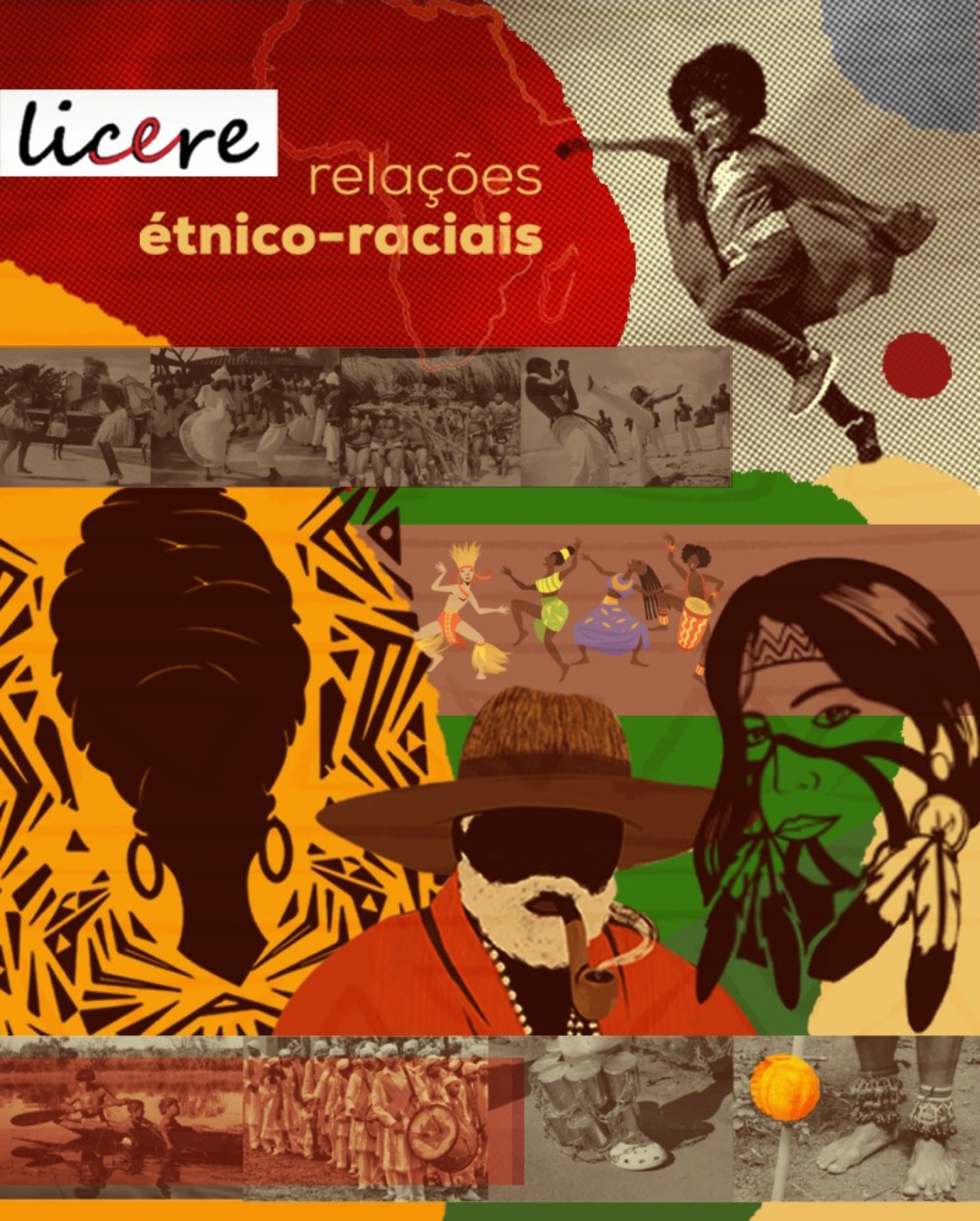Leisure Constraints Created and Tthe Lack of Public Policies
Impact on Black Youth in Jardim Brasil – São Paulo
DOI:
https://doi.org/10.35699/2447-6218.2021.37722Keywords:
Black youths, Leisure activities, Access barriersAbstract
The present work aims to evidence the leisure constraints created by the State and its impacts on black youth of Jardim Brasil, a neighborhood in the North zone of São Paulo city. Based on evidence we highlight what are the visibles and invisibles leisure constraints highlighting their perceptions and interpretations about the access barriers: as the way they identified it and also how they are affected by it. We employed the qualitative method of exploratory character, combined with bibliographic and field research with 14 self declared black young people between the ages of 18 to 29 years old, by conducting semi structured interviews with open and closed questions and analysed according to the discourse analysis. The delimitation of the study permeates the questioning of how the lack of leisure policies directly affected the black youth of Jardim Brasil. According to the data presented and the perceptions of the young black people interviewed, it is concluded that there is a significant presence of leisure constraints for this public, which compromises the notion of belonging and/or identification by cultural equipment as well as their respective programming.
Downloads
References
ALMEIDA, Silvio Luiz de. O que é racismo estrutural? Belo Horizonte: Letramento, 2018.
BOTELHO, Isaura. Os equipamentos culturais na cidade de São Paulo: um desafio para a gestão pública. Revista espaço e debates: estudos regionais e urbanos, v. 43-44, 2004. Disponível em: http://centrodametropole.fflch.usp.br/sites/centrodametropole.fflch.usp.br/files/inline-images/espaco_debates.pdf. Acesso em: 05 ago. 2018.
BRASIL. [Constituição (1988)]. Constituição da República Federativa do Brasil de 1988. Brasília, DF: Presidência da República, 2015. Disponível em: http://www.planalto.gov.br/ccivil_03/constituicao/constituicao.htm. Acesso em: 02 fev. 2019.
______. Presidência da República. Secretaria-Geral. Guia de políticas públicas de juventude. Brasília (DF): Secretaria-Geral da Presidência da República, 2006. Disponível em: http://bibjuventude.ibict.br/jspui/handle/192/117. Acesso em: 15 set. 2018.
______. Secretaria Nacional de Juventude. Lei nº 12.852, de 5 de agosto de 2013. Institui o Estatuto da Juventude e dispõe sobre os direitos dos jovens, os princípios e diretrizes das políticas públicas de juventude e o Sistema Nacional de Juventude. Brasília, DF: Presidência da República, 2017. Disponível em: http://www.planalto.gov.br/ccivil_03/_ato2011-2014/2013/lei/l12852.htm.
BRENNER, Ana Karina; DAYRELL, Juarez; CARRANO, Paulo. Juventude brasileira: culturas do lazer e do tempo livre. In: BRASIL. Ministério da Saúde. Fundação Oswaldo Cruz. Um olhar sobre o jovem no Brasil. Brasília, DF: Ministério da Saúde, 2008. p. 29-44. Disponível em: https://www.academia.edu/1204519/Juventude_brasileira_culturas_do_lazer_e_do_tempo_livre. Acesso em: 17 set. 2018.
BUSIA, Abena Pokua Adompim. Aspectos da superação de barreiras simbólicas e culturais no lazer. In: CONGRESSO MUNDIAL DE LAZER, 2018. São Paulo. Anais... São Paulo: Sesc São Paulo, 2019. p. 186-211.
CAMARGO, Luis Octávio de Lima. O que é lazer. 2. reimpr. 3. ed. São Paulo: Brasiliense, 2003.
DUMAZEDIER, Joffre. Valores e conteúdos culturais do lazer. São Paulo: SESC, 1980b.
INSTITUTO DE PESQUISA ECONÔMICA APLICADA (IPEA). Atlas da violência 2019. Brasília (DF): IPEA; Fórum Brasileiro de Segurança Pública (FBSP), 2019. Disponível em: http://www.ipea.gov.br/atlasviolencia/download/12/atlas-2019. Acesso em: 06 nov. 2019.
______. Atlas da violência 2021. Brasília (DF): IPEA; Fórum Brasileiro de Segurança Pública (FBSP), 2021. Disponível em: https://forumseguranca.org.br/wp-content/uploads/2021/08/atlas-violencia-2021-v6.pdf. Acesso em: 15 set. 2021.
LIMA, Marcia. O uso da entrevista na pesquisa empírica. In: SERVIÇO SOCIAL DO COMÉRCIO SÃO PAULO (SESC); CENTRO BRASILEIRO DE ANÁLISE E PLANEJAMENTO (CEBRAP). Métodos de pesquisa em ciências sociais: bloco qualitativo. São Paulo: SESC; CEBRAP, 2016.
MARCELLINO, Nelson Carvalho. Estudos do lazer: uma introdução. 4. ed. Campinas: Autores associados, 2006.
______. Subsídios para uma política de lazer: o papel da administração municipal. Revista Brasileira de Ciências do Esporte, Ijuí, v.1. n. 3, p. 207, 1990.
ORLANDI, Eni de Lourdes Puccinelli. Análise de discurso: princípios e procedimentos. Campinas: Pontes, 2001.
REDE NOSSA SÃO PAULO. Mapa da desigualdade 2019. São Paulo: Rede Nossa São Paulo, 2019. Disponível em: https://www.nossasaopaulo.org.br/wp-content/uploads/2019/11/Mapada_Desigualdade_2019_apresentacao.pdf. Acesso em: 06 nov. 2019.
SECRETARIA MUNICIPAL DE PROMOÇÃO DA IGUALDADE RACIAL DE SÃO PAULO (SMPIR); BANCO INTERAMERICANO DE DESENVOLVIMENTO (BID). Igualdade racial em São Paulo: avanços e desafios. Fórum de Desenvolvimento Econômico Inclusivo. São Paulo: SMPIR, [2014]. Disponível em: https://www.prefeitura.sp.gov.br/cidade/secretarias/upload/igualdade_racial/arquivos/Relatorio_Final_Virtual.pdf. Acesso em: 06 jan. 2019.
Downloads
Published
How to Cite
Issue
Section
License
Copyright (c) 2021 LICERE - Revista do Programa de Pós-graduação Interdisciplinar em Estudos do Lazer

This work is licensed under a Creative Commons Attribution-NonCommercial 4.0 International License.

